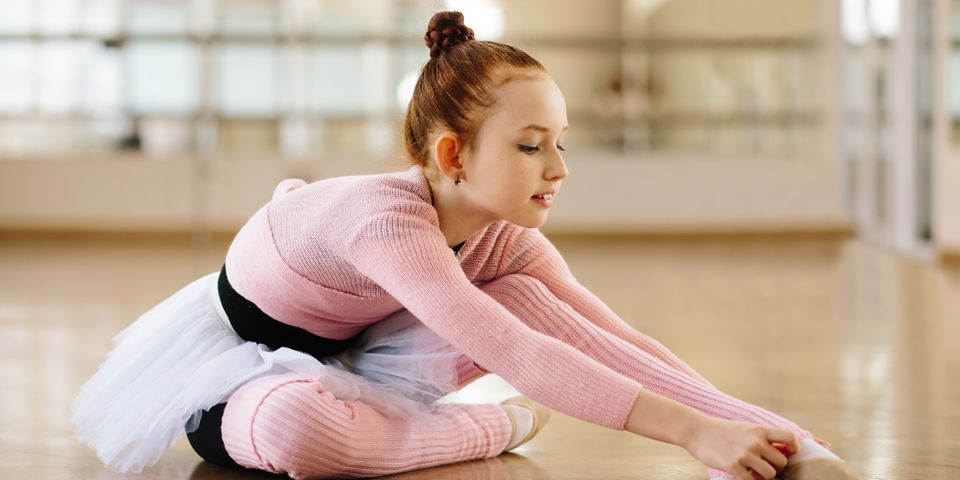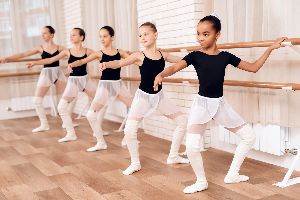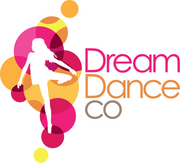
For many dancers, the love of the craft begins at their first ballet class. Ballet helps lay the foundation for other styles, from jazz to tap and hip-hop, making it either a great stepping stone or a life-long focus. Because of its influence, ballet has a rich and interesting history. Here's a brief summary of the origins of ballet, including its rising popularity and various styles.
The Background of Ballet
History
Like many other art forms, ballet got its start during the Italian Renaissance, where it was taught to royalty and nobility at an amateur level, often in a pseudo-ballet class turned event. By the 17th century, King Louis XIV helped usher the dance into the entertainment sector, often as a stage performer himself. In the mid-1600s, a ballet school opened in Paris, which helped solidify the dance as a form of entertainment that required professional training. As the centuries went on, an average ballet class contained narrative choreography, paired with stories like The Nutcracker, Swan Lake, and Romeo and Juliet.
Popularity

What was once a dance reserved for nobility, ballet became a much more accessible art form due to the opening of dance studios. Taking a ballet class regardless of economic status began to become possible and popular in the mid-1900s, especially after it gained popularity in America in the 1930s. Aside from being a stunning dance to bear witness to and participate in, the fact that ballet was heavily tied to some of the classic and adored stories in history helped solidify its place in society as a desired practice.
Styles
There are three main styles one could focus on in a ballet class:
- Romantic: While this style might seem to be associated with its name, it's actually rooted in folklore and mysticism, often following stories or music with eerie qualities. Of course, romantic narratives are the focus as well, but the more classic depictions of love are reserved for the next category.
- Classical: Closely tied to the decor, glamour, and ornamented nature of noble times, this style is commonly seen on the stage today, especially in The Nutcracker or Swan Lake. In a classical ballet class, a student might practice to be in The Sleeping Beauty or Romeo and Juliet.
- Neoclassical: This style is tied to music more than story and often involves fast-paced motion and gusto. Neoclassical is less about elaborate sets and costumes and more about the movement.
- Contemporary: Like other modern art forms, contemporary ballet is less formal, allowing for more free-flow and self-expression.
If your child is interested in taking a ballet class, contact Dream Dance in Shelby Township, MI. Their professional instructors offer classes for all ages, including hip-hop, jazz, tap, and ballet. Whether your child is a beginner or has more experience, Dream Dance has a class that's right for them. Visit the website for more information about their schedule, and call (586) 488-7011 to speak with a team member about enrollment.
About the Business
(38 reviews)
Have a question? Ask the experts!
Send your question

